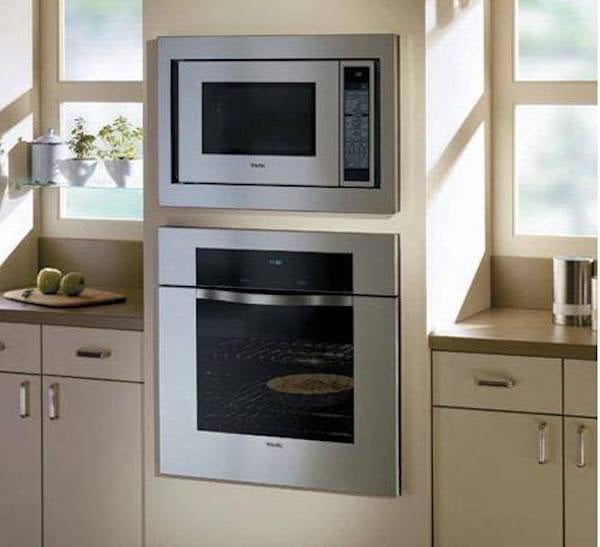Since kitchen hardware replacements have many technical aspects to them, many DIY replacements/installations in the kitchen are not encouraged. Luckily, today’s kitchen hardware comes with documented manuals and video tutorials which make the whole process a lot more easier to understand. If you’re only a beginner, you can try starting with simpler DIY tasks. Once you gain the expertise, here are 5 DIY kitchen replacements that you can easily do without any professional assistance.
1. Sink Installation

The sink is the essence of any kitchen,
and it would be pretty disappointing if you knew how to replace everything else but lacked the skill to install a kitchen sink on your own. It is not as complicated a task as it is technical. Provided that you follow the instructions properly, installing a kitchen sink by yourself can be done, without having to pay a fortune to the plumber.
All you need is to take precise measurements of your sink area and find a sink that matches your measurements. Many new sinks come with ready-made templates and instruction manual that make installation a breeze.
2. Water Filters

Another key kitchen installation that you can do on your own is water filter installation. Be it the regular ones or RO filters, you can use your skills to replace an existing one or install a new one completely. Just select the right water filter system for your kitchen, that suits your budget too, and by drilling a few holes and plugging the correct water lines in the water filter, you can nicely perform the job of a plumber. Although, we do strongly advise that you keep an emergency plumbing services number to hand in case anything does go really wrong!
3. Cabinets Installation

Cabinet installation is relatively simpler compared to other DIY replacements. All you need is a drill machine, your ready-made cabinet, a scale and some screws. The first step should be marking where you will exactly be placing your cabinets. Remember, if this goes wrong, everything from this point onward will go downhill. Once that’s done, drill holes and screw the cabinets to the wall.
If you’re going to install both upper and lower cabinets, install the upper cabinets first. This makes things easier. Another factor to look out for is the floor surface. Before you attach the cabinets to the wall, make sure that the floor is even, since this directly affects the measurements taken. Although this is a DIY replacement, you need at least one more person to help you with lifting and attaching the cabinets.
4. Wall Oven Installation

Unlike other kitchen installation, wall oven installation does not allow for a lot of flexibility. Since these ovens are only available in fixed sizes and dimensions, the opening in the wall also needs to be standard size. Similarly, you cannot rely on measurements taken in store by yourself, as they differ from the dimensions given in the oven manual.
The documented dimensions are authentic and your wall opening should be made according to that. Complete manuals and DIY replacements can be found online, which, in some cases, are even brand specific. This eases your tasks manifold and lets you replace your wall oven on your own.
5. Kitchen Lighting

Kitchen lighting is often something that is taken for granted. Relying solely on the ceiling lights is not enough. It is just as important to have the right lighting in your kitchen as it is in your dressing area. Interior designers have long studied and researched on the art of lighting and its effects.
Therefore certain key rules need to be followed when replacing the lighting in your kitchen. Go for lights that provide multiple utility i.e. highlight certain points in your kitchen and also help in lighting up key work areas i.e. the washing area and cooking range.
Luckily there are numerous options commercially available that come with an easy fix. Mostly the installment procedure is same for a variety of lights. Even if that is not the case, you can find manuals that will assist you in the procedure.